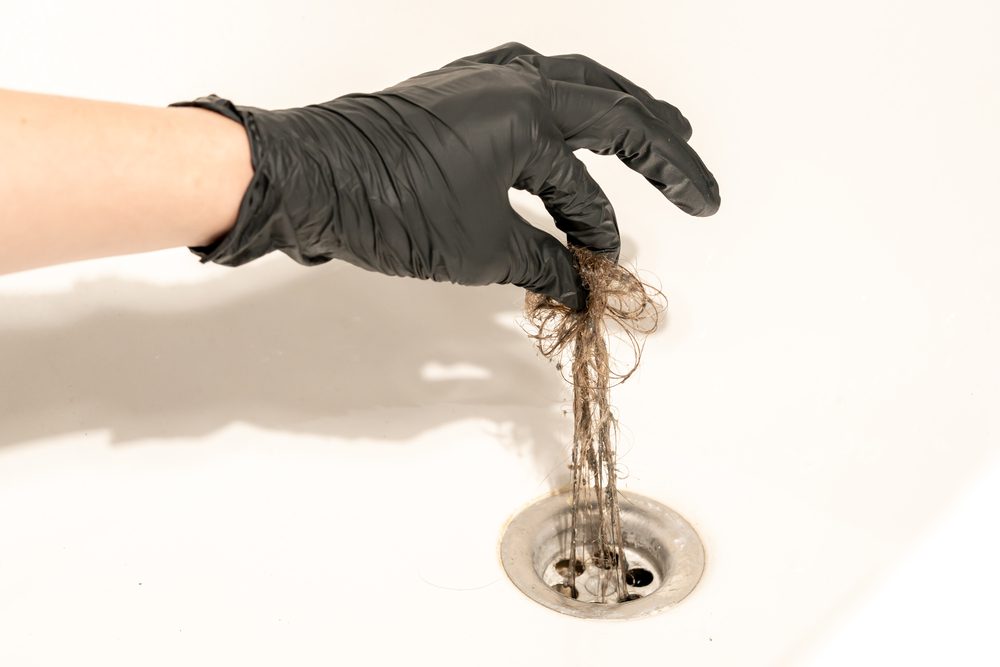If you’re dealing with a clogged drain due to hair buildup, you’re not alone. Hair is a common culprit behind drain blockages, leading to slow drainage and unpleasant odors. In this article, we’ll explore 5 effective methods to remove hair and easily clear a clogged drain, helping you learn how to get hair out of…
READ MORE PLUMBING ARTICLES
By Made’s Plumbing
Ensuring Safe Water in Arlington, TX With Service Line Inspections
Headline stories like what happened in Flint, Michigan several years back have been a reminder…
Plumbing Myths in Arlington, TX: What Property Owners Should Know
Since the time we’re kids we hear all kids of plumbing myths. From the ridiculous,…
What to Do in a Plumbing Emergency: Tips for Arlington Residents
Experiencing a plumbing emergency in your Arlington, TX home is way more stressful than regularly…
Drop Us a Line!









